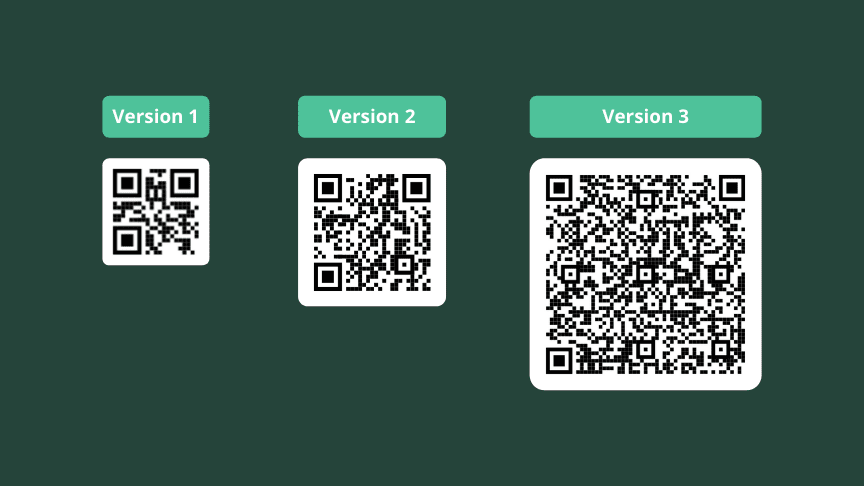Did you know that QR codes can be incredibly small? In fact, the smallest QR code ever made measures just 1.6 by 1.6 millimeters and requires a magnifying device to be scanned. So, what determines how small a QR code can be? Resolution, error correction, and encoding type are all factors that can affect a QR code’s size. But don’t be fooled by a QR code’s small size – even tiny codes can hold a significant amount of data and have a wide range of uses, from ID badges to business cards. The key is to make sure that the code is scannable and readable by a QR code reader.
Understanding QR codes and their importance
QR codes are two-dimensional barcodes that contain a significant amount of information. These codes are becoming increasingly popular in today’s world, as they can store much more data than traditional barcodes. QR codes are used in a variety of industries, including advertising and marketing. They can be used to link customers to a company’s website, social media pages, or other digital content. QR codes can also be used for practical purposes, such as tracking inventory or printing airline boarding passes.
The use of QR codes has become essential for companies because it allows them to provide consumers with quick and easy access to information that might help them make purchasing decisions. In today’s world, consumers are constantly on the go, and the ability to scan a QR code and be directed to a website is incredibly valuable. Businesses that do not utilize QR codes risk missing out on opportunities to connect with potential customers.
The basics of QR code size
The size of a QR code can vary depending on the amount of data it contains. The more information a QR code contains, the larger it will be. QR codes can be printed on a variety of surfaces, including business cards, posters, and product packaging. In general, a QR code should be at least 2cm x 2cm to ensure that it can be easily scanned.
Advancements in QR code technology
In recent years, advancements in QR code technology have made it possible to create smaller codes that still contain a large amount of data. These advancements have been made possible by improvements in code-reading technology, which has made it easier to scan even the smallest of QR codes.
How to determine the minimum QR code size
To determine the minimum size for a QR code, one must consider the amount of data that the code will contain. A simple code with only a website address or contact information will require less space and can be smaller in size. However, a code that contains a large amount of data or is used for high-resolution printing will require a larger size.
Factors that affect the size of QR codes
Several factors can affect the size of a QR code, including the amount of data it contains, the physical space in which it will be printed or displayed, and the resolution of the code reader. A code with a large amount of data will require more space than a smaller code. Printing a code on a small surface, such as a business card, will require a smaller size than a code printed on a large sign. A code reader with a higher resolution will be able to read smaller codes than one with a lower resolution.
Strategies for creating smaller QR codes
Creating smaller QR codes can be achieved through several strategies. One strategy is to use a URL shortener to create a shorter web address. Using a smaller font can also reduce the size of the QR code. Additionally, removing any unnecessary data from the code, such as logo images, can help reduce its size.
Best practices for using tiny QR codes
When using small QR codes, it is important to ensure that they are still scannable. To ensure readability, the code should be printed or displayed on a contrasting background that provides sufficient contrast. It should also be printed in a high-resolution format to ensure clarity. Finally, the code should be placed in a location that is easily accessible to the user.
The future of QR codes: what’s next?
The use of QR codes is expected to continue growing in the coming years. As technology continues to improve, codes are likely to become even smaller and more complex. Additionally, the use of QR codes may expand into new areas, such as augmented reality and virtual reality. The future of QR codes is bright, and it is clear that they will remain an important tool for businesses and consumers alike.





